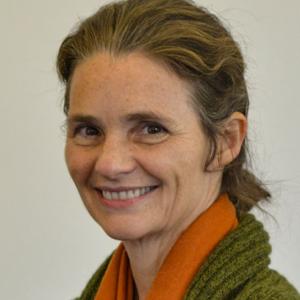Broadening the global understanding of poverty
Poverty used to be viewed as a monetary deprivation. Most of the focus – be it in academic or policy circles – was on income, and the most common global yardstick for measuring progress was the World Bank’s poverty line, currently defined as living on an income below $1.90 a day.
Since 1990, led by China, millions of people have moved out of extreme income poverty in many countries. But then, something remarkable happened on the way to declaring victory over poverty. More and more countries began to realise that although income poverty was decreasing, the poor were still poor. Reducing income poverty by itself did not actually move all poor people out of poverty. An awareness that the traditional lens of income might be too narrowly focused started to emerge.
By chance, OPHI was in a good position to work alongside others and catalyse this awareness. In the late 2000s, OPHI developed a rigorous, policy-sensitive methodology, the Alkire Foster (AF) method, to understand and measure multidimensional poverty. It then worked with several countries to carry out locally tailored studies using this method. Once the first set of multidimensional poverty indices were adopted officially, the momentum picked up, and the interest in multidimensional poverty measurement grew quickly. More countries and local governments began to carry out research and analysis to understand and tackle their multidimensional poverty.
The Multidimensional Poverty Peer Network
Early adopters of national multidimensional poverty measurement, Mexico and Colombia, joined with OPHI to create the Multidimensional Poverty Peer Network (MPPN), a high-level South-South Network of countries interested in multidimensional poverty. The MPPN nurtured committed leaders in other countries interested in fighting poverty in all its dimensions, and also organised special ‘side events’– for politicians at the UN General Assembly, and for statisticians at the UN Statistical Commission. MPPN members speaking in these side events highlighted the policy relevance of viewing and measuring poverty through a multidimensional, high-resolution lens, and offered countries a rigorous method for doing so. Such events were held in 2013, 2014, and 2015.
In parallel, the international community was gearing up for a paradigm change. The Millennium Development Goals of 2000-2015 included ending extreme poverty as the first goal, and the key indicator was the proportion of the population with an income below $1.25 per day. Once the process of drawing up the post-2015 development agenda gathered speed, however, many actors felt that income alone was an insufficient metric, and started calling for a broader view, for integrated multi-sectoral policies that ‘break’ the silos, and for disaggregated data.
The Sustainable Development Goals were adopted in September 2015 with their first goal being ‘To end poverty in all its forms everywhere.’ This was accompanied by targets and indicators that explicitly recognise the multidimensional nature of poverty, and the need to view interlinkages.
All this activity - at the national and UN levels - has led to a growing number of international and regional agencies adding a multidimensional perspective to their view of and their work on poverty. For example, the World Bank’s office in Senegal works closely with the Senegalese Government and OPHI on the development of Senegal’s National MPI.
It is hard to believe that only seven years ago there was no widespread method for measuring multidimensional poverty. Building on and drawing together path-breaking work in Latin America, Europe and the Middle East, the AF method has proved to be an academically robust, yet policy sensitive and practical tool for dealing with the many deprivations that poor people suffer at the same time. The MPPN with OPHI and others has not only sought to broaden the global understanding of poverty, but also to inform powerful poverty reduction policies to leave no one behind.


